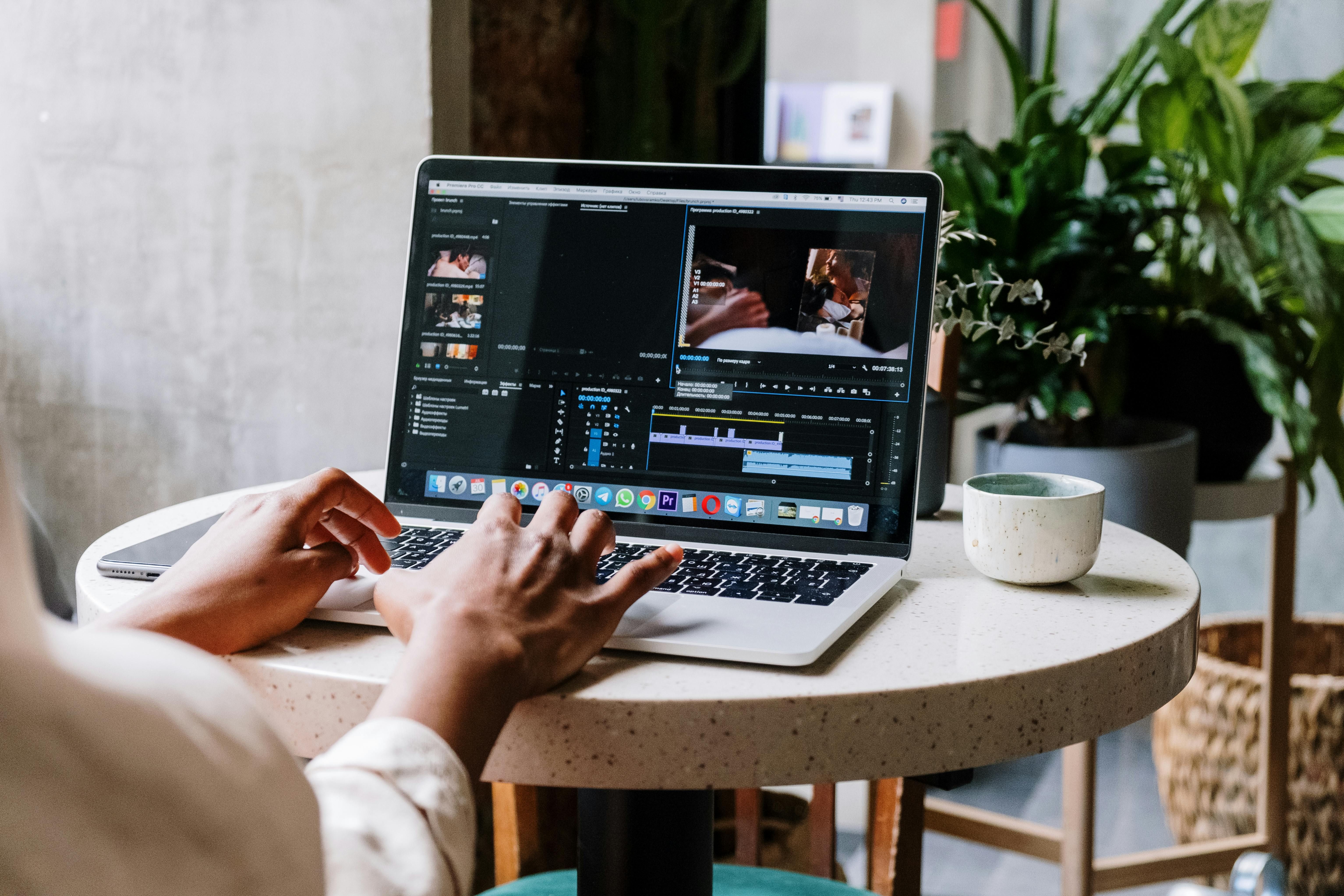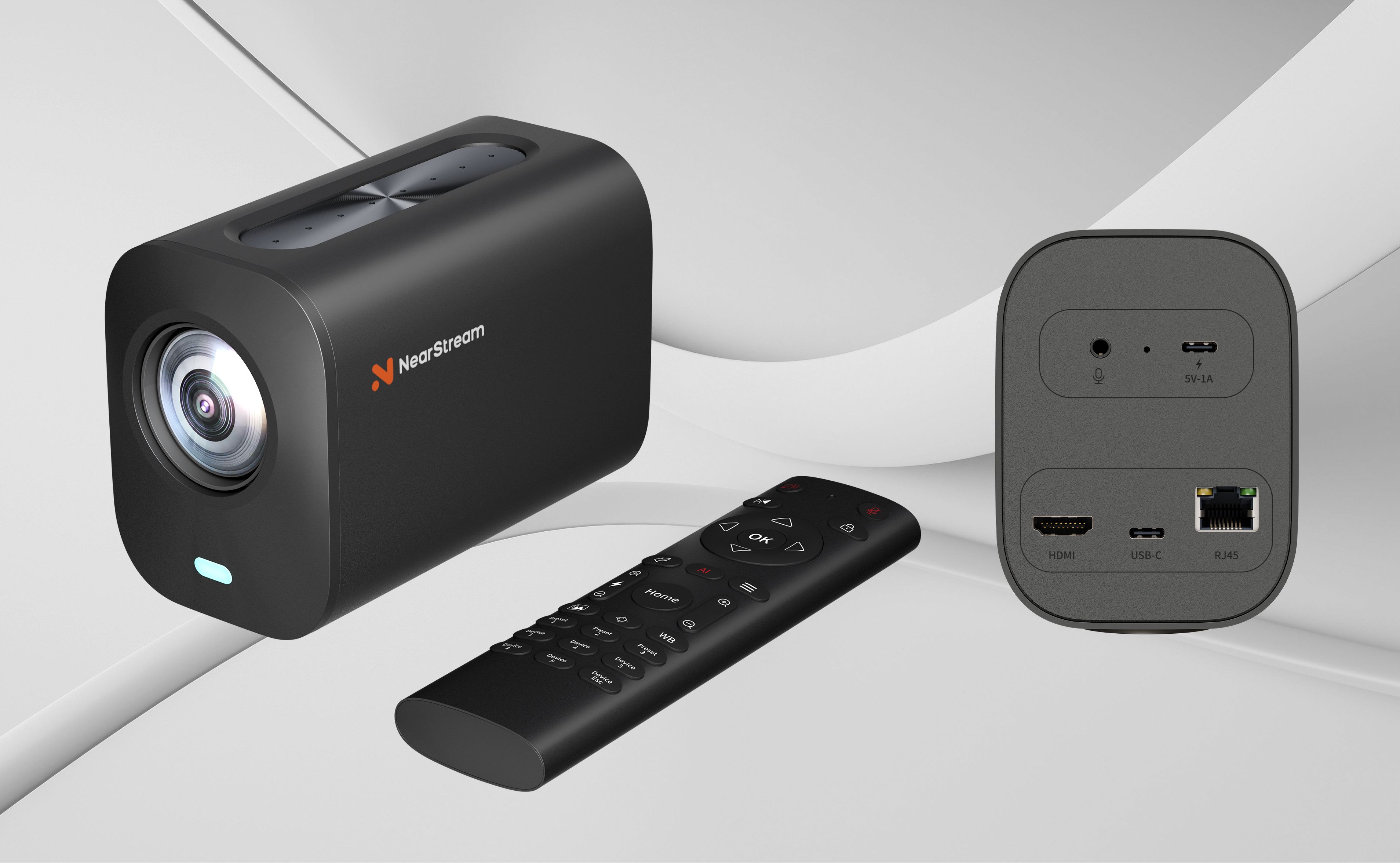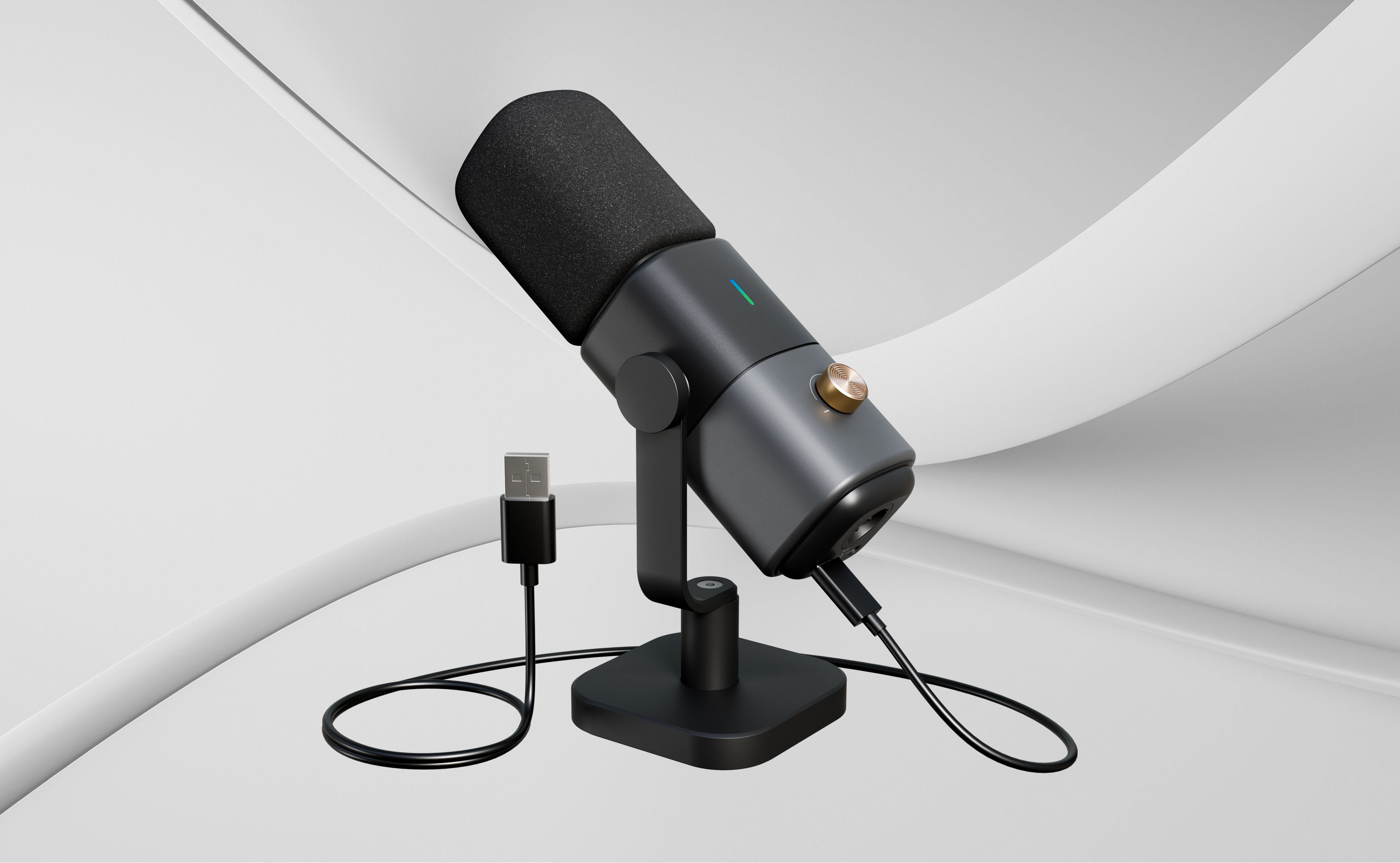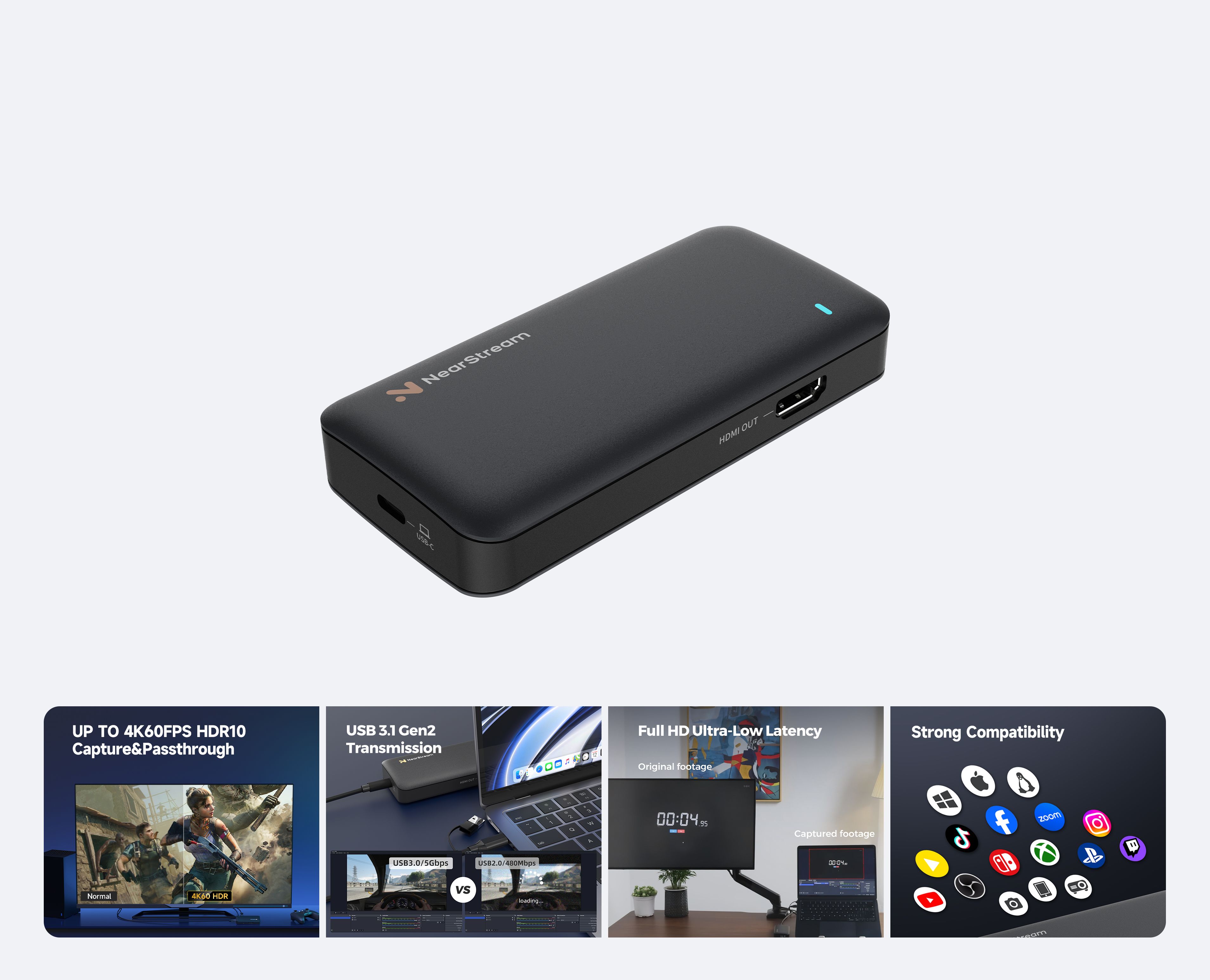When it comes to creating and streaming high-quality videos, bitrate is one of the most critical yet misunderstood factors. Many new YouTubers, Twitch streamers, and video creators wonder: what is bitrate, and why does it matter so much?
Simply put, bitrate significantly impacts how your video looks and performs during playback or live streaming. Choosing the right bitrate can mean the difference between a crystal-clear 4K stream and a pixelated mess.
In this detailed guide, we'll demystify what is bitrate in video, break down optimal settings for platforms like YouTube and Twitch, and help you find the good bitrate for streaming your content like a pro. Whether you're curious about YouTube 4K bitrate, Twitch bitrate, or how bitrate affects your content’s performance, we’ve got you covered.
What Is Bitrate in Video?
Definition of Bitrate
At its core, bitrate refers to the amount of data processed per second in a video or audio stream. It's usually measured in kilobits per second (kbps) or megabits per second (Mbps).
In simple terms:
A higher bitrate means more data is transmitted every second, leading to better video and audio quality.
A lower bitrate uses less data, which can result in faster streaming but potentially lower visual fidelity.
Importance of Bitrate
Bitrate directly influences video quality. A high-quality 4K video requires a high bitrate to maintain sharpness and detail, while lower-quality videos can function with lower bitrates.
However, higher bitrates demand more bandwidth. If your internet speed or your audience's connection isn't fast enough, a high bitrate can cause buffering issues.
Understanding what is bitrate helps you balance quality and performance effectively.
Bitrate vs. Resolution vs. Frame Rate
It’s easy to confuse bitrate with resolution and frame rate, but they serve different purposes:
Resolution (e.g., 1080p, 4K): The dimensions of your video.
Frame rate (e.g., 30fps, 60fps): How many frames are shown per second.
Bitrate: The amount of data used to deliver the frames and resolution.
They all impact video quality, but bitrate controls how much information is transmitted, which ultimately affects sharpness and smoothness.

How Bitrate Affects Video Quality
High Bitrate vs. Low Bitrate
High bitrate improves video clarity, color richness, and sharpness.
Low bitrate can cause pixelation, blurring, and more visible compression artifacts.
However, a higher bitrate alone won’t improve a poorly shot video. Good source material plus optimal bitrate equals the best results.
The Role of Compression
Compression uses codecs like H.264 or H.265 to reduce the file size of videos without (ideally) sacrificing too much quality.
Efficient compression allows lower bitrates to still deliver relatively high-quality videos—an important factor in managing bitrate for streaming.
Adaptive Bitrate Streaming
Platforms like YouTube and Twitch use adaptive bitrate streaming. This technology adjusts the quality of the video dynamically based on the viewer's internet speed.
Fast internet: Viewer gets a high-bitrate stream.
Slow internet: Viewer receives a lower-bitrate stream automatically.
This ensures smoother playback for audiences across various devices and network conditions.
Bitrate in Video: Main Social Media Platforms
Bitrate is a critical factor in determining video quality across various social media platforms. Each platform has its own recommended bitrate settings based on video resolution and frame rate. Understanding these recommendations can help content creators optimize their videos for the best viewing experience.
| Platform | Standard Frame Rate (24–30fps) | High Frame Rate (48–60fps) | Upload Speed Recommendation |
| YouTube | 5,000–8,000 kbps (1080p) | 7,500–12,000 kbps (1080p60) | 10–15 Mbps |
| Twitch | 3,000–6,000 kbps (1080p) | 6,000 kbps max (Twitch cap) | 6–10 Mbps |
| 3,500 kbps (720p) | N/A | 5–8 Mbps | |
| 4,000 kbps (720p) | 4,500–9,000 kbps (1080p) | 5–10 Mbps |
Streaming at 4K requires not only high bitrate for streaming but also a strong and stable internet connection. If you are wondering about YouTube 4K bitrate, YouTube recommends:
4K at 30fps: 35,000–45,000 kbps
4K at 60fps: 53,000–68,000 kbps
Understanding and applying these bitrate recommendations can significantly enhance the quality of your video content across different platforms. Always consider your internet upload speed and the specific requirements of each platform when setting your video bitrate.
Bitrate for Streaming: General Guidelines
Bitrate is a pivotal factor in determining the quality and performance of video streams. Understanding the appropriate bitrate settings for different resolutions and frame rates is essential for content creators aiming to deliver high-quality streams without buffering or lag.
720p Streaming
Bitrate Range: 3,000–4,500 kbps
Ideal for casual streamers and entry-level internet connections.
1080p Streaming
Bitrate Range: 4,500–6,000 kbps
Best for higher-quality streams with professional feel.
Note: For platforms like Twitch, a good bitrate for streaming is typically around 6,000 kbps. However, always ensure your upload speed is at least double your streaming bitrate to avoid issues.

Factors Influencing Bitrate
1. Internet Upload Speed
Your internet's upload speed directly impacts the maximum bitrate you can use. As a rule of thumb, your upload speed should be at least twice your streaming bitrate. For instance, if you're streaming at 5,000 kbps, your upload speed should be at least 10 Mbps.
2. Encoder Settings
Software like OBS Studio allows fine-tuning of encoder settings, which can optimize bitrate usage. Choosing the right codec (e.g., H.264) and adjusting settings like keyframe intervals and preset quality can enhance stream efficiency.
3. Content Complexity
The nature of your content affects the required bitrate. Fast-moving content, such as sports or action games, demands higher bitrates to maintain clarity. Conversely, static content like lectures or talk shows can be streamed at lower bitrates without compromising quality.
Tips for Managing Bitrate Effectively
Optimize Encoder Settings
Use advanced codecs like H.265 if your platform and hardware support it. It maintains high quality at lower bitrates compared to older standards like H.264.
Also, adjusting settings like keyframe intervals and CPU usage presets can improve streaming efficiency.
Monitor Stream Health
Platforms like Twitch and YouTube provide real-time analytics for your stream's health. Watch for warnings related to bitrate drops or fluctuations.
Regularly testing your stream can prevent problems during important broadcasts.
Balance Quality and Performance
A good bitrate for streaming isn’t always the highest one possible. Instead, it’s the best compromise between:
Video clarity
Stream stability
Viewer experience
If you have inconsistent internet, a slightly lower bitrate can actually make your stream look better overall by reducing buffering.
Best Streaming Gear for Optimal Bitrate Performance

1. Cameras
Logitech C920 HD Pro: Ideal for beginners, this webcam offers 1080p resolution, ensuring clear visuals at moderate bitrates.
NearStream VM20: Deliver DSLR quality optical streaming, with 4K resolution, 40x hybrid zoom and remote control system, providing livestream with low latency and high quality.
Sony ZV-1: A compact powerhouse designed for content creators, the ZV-1 offers 4K recording at up to 100 Mbps using the XAVC S codec, ensuring high-quality video capture.

2. Microphones
NearStream AM25X: A popular choice for its ease of use and quality sound, suitable for most streaming setups, hybrid USB/XLR plug-and-play connections.
Shure SM7B: A professional-grade microphone that captures rich audio, essential for high-quality streams.

3. Capture Cards
Elgato HD60 X: Allows for 1080p60 capture, ensuring smooth video input for your streams.
NearStream CCD30: True 4K 60FPS USB-C 3.1 Capture Card, Plug and Play & Ultra-low Latency, Support HDR Color.
Selecting the right gear is pivotal in achieving the desired bitrate for your streams. High-quality cameras and microphones ensure that your content is captured in the best possible quality, allowing you to make the most of your available bitrate. Capture cards and lighting further enhance visual fidelity, ensuring a professional-looking stream. Lastly, utilizing robust streaming software enables precise control over bitrate settings, ensuring a balance between quality and performance.
By investing in the appropriate equipment and understanding how each component affects your stream's bitrate, you can deliver high-quality content that engages your audience and stands out in the crowded streaming landscape.
Conclusion
Understanding bitrate is crucial for any content creator aiming to deliver high-quality videos and streams. Bitrate, measured in kilobits per second (kbps) or megabits per second (Mbps), determines the amount of data processed per second in a video stream, directly impacting the clarity and smoothness of your content. For instance, YouTube recommends a bitrate of 35–45 Mbps for 4K videos at 30 frames per second (fps) and 53–68 Mbps for 60 fps.
On the other hand, Twitch suggests a maximum bitrate of 6,000 kbps for standard streamers, with higher limits available for partners . Adjusting your bitrate settings according to your content's resolution and frame rate ensures optimal quality and performance. Regularly testing different configurations helps find the balance between quality and performance, and as your equipment and connection improve, revisiting your bitrate settings can further enhance your content delivery. Consistency is key: a stable, high-quality stream builds trust and loyalty among your viewers, fostering a growing and engaged audience.
FAQs
What is a good bitrate for 1080p streaming?
For 1080p at 30fps, aim for 4,500–6,000 kbps. For 60fps, stay closer to the higher end, around 6,000 kbps.
What is the recommended YouTube 4K bitrate?
4K 30fps: 35,000–45,000 kbps
4K 60fps: 53,000–68,000 kbps
Make sure your internet upload speed can support these high rates.
How do I choose the right bitrate for Twitch?
Twitch recommends a maximum bitrate of 6,000 kbps. Start there and adjust slightly depending on your stream's complexity and your internet speed.
Is a higher bitrate always better?
Not necessarily. A higher bitrate requires more bandwidth. If your connection or your viewers' connections aren't fast enough, it can cause buffering.
Choosing the good bitrate for streaming means balancing quality and smooth delivery.
Does bitrate affect both video and audio?
Yes. Video bitrate impacts video clarity, while audio bitrate affects the quality of your sound. Both should be optimized for the best viewer experience.





































































